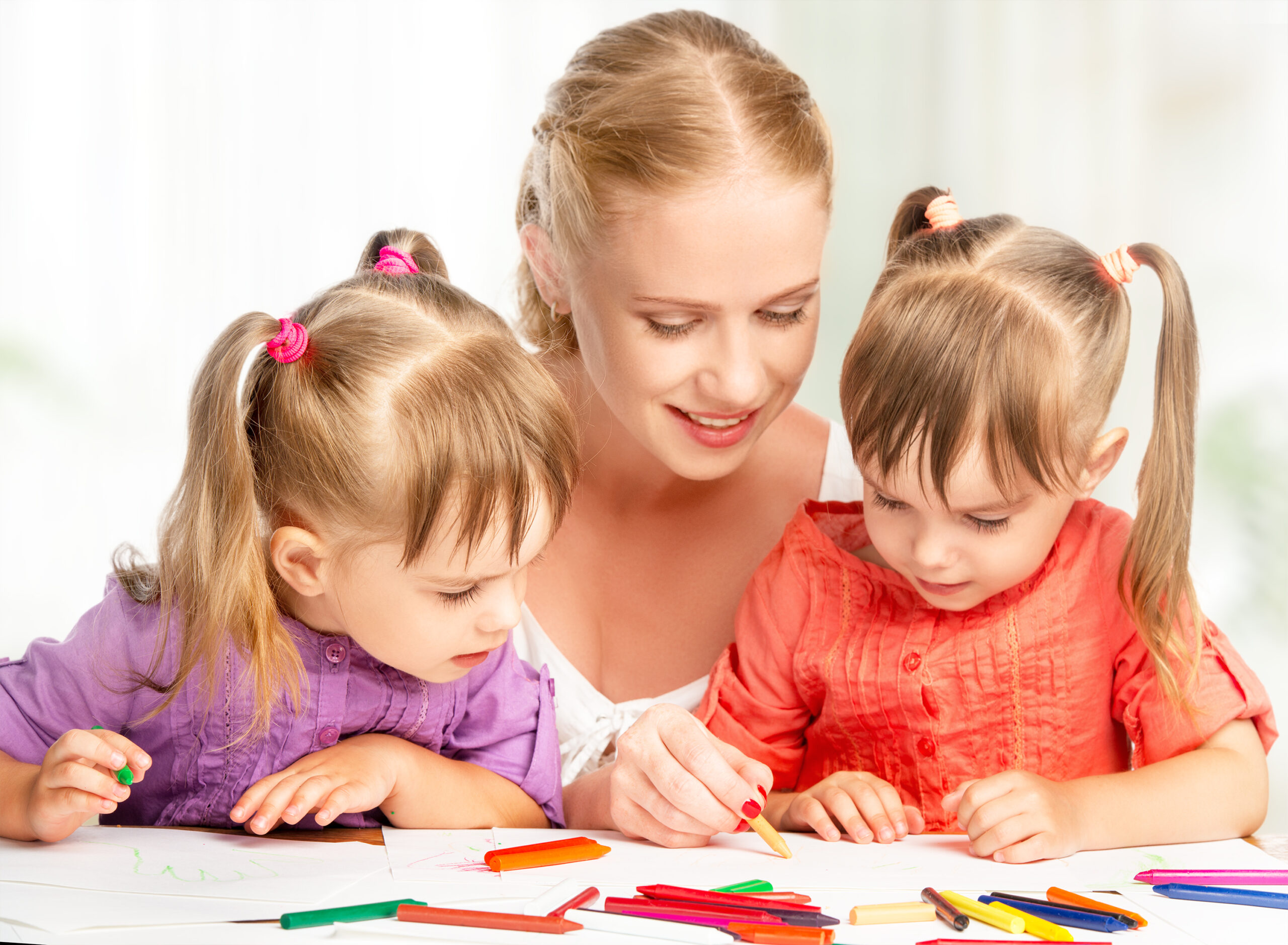Young children aren’t known for intense concentration. To the contrary, kids are expected to bounce from one activity to another with the attention span of a gnat. That’s why parents are surprised when they tour a Montessori School and see students as young as 3 happily engaged in independent, focused work for long stretches.
This ability to focus at a young age is a hallmark of both Montessori education and mindful learning, the internally motivated, sustained-focus method of education gaining purchase in school circles as a salve for the impulsiveness and stress that plague modern students.
“Mindfulness is the practice of focusing mind and body in a particular moment, centering on that one experience with concentration and purpose,” says Erika Goldberg, director of advancement at Philadelphia’s Greene Towne Montessori School. “Many of the activities in the Montessori classroom, particularly “Practical Life” exercises — washing hands or dishes, polishing a piece of silver — require careful and thoughtful mind-body focus, often resulting in a spontaneous sense of calm and satisfaction.” This sense of focused intentionality, say mindful learning experts, has been shown to lead to stronger academic outcomes.
A mindful environment
One way Montessori promotes focus is through a carefully prepared classroom that incorporates mixed-age groupings of students who choose their own activities. They work from a palette of developmentally appropriate options that grow progressively more complex.
“Giving children the freedom to choose allows them to work at their own developmental pace, to advance when they feel they have mastery and to engage in activities that are enjoyable to them,” says Marie Conti, head of the Wetherill School in Gladwyne, PA.
“Because no two children are identical, free choice allows all students to have a personally tailored educational experience,” says Goldberg. When kids are motivated by their own interests, she continues, deep concentration is a natural result: “Children who make their own activity choices work with intentionality, focus and interest; their energy is engaged in a positive direction.”
Mindful together
 Though the terms focus and concentration conjure images of a child working alone, mindfulness is not always a solo pursuit. “Montessori mindfulness benefits children because they are taught how to be part of a community larger than their family,” says Diane Force, president of Bala House Montessori in Bala Cynwyd, PA. Students are grouped in three-year increments, 3- to 5-year-olds, 4- to 6-year-olds.
Though the terms focus and concentration conjure images of a child working alone, mindfulness is not always a solo pursuit. “Montessori mindfulness benefits children because they are taught how to be part of a community larger than their family,” says Diane Force, president of Bala House Montessori in Bala Cynwyd, PA. Students are grouped in three-year increments, 3- to 5-year-olds, 4- to 6-year-olds.
“Younger children learn from the older students, and when they become the older role models, they consolidate their own learning by teaching what they know to the younger students,” explains Force. “Classrooms are usually humming with conversation. Children get to know and help each other and learn to work through difficult situations. They become responsible for taking care of the classroom environment.”
An environment, Conti concludes, that is “ordered, beautiful and enticing. The Montessori method gives children the ability to focus on their work on hand without unnecessary interruption. Feeling this sense of ‘flow’ helps children gain a sense of calmness and peacefulness in our frenetic world.”
Malia Jacobson is a nationally published freelance writer who’s adopting Montessori-inspired principles of mindfulness at home.






